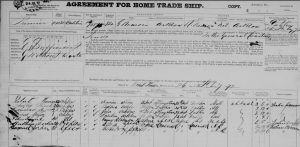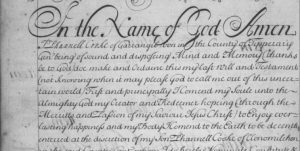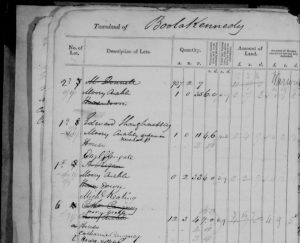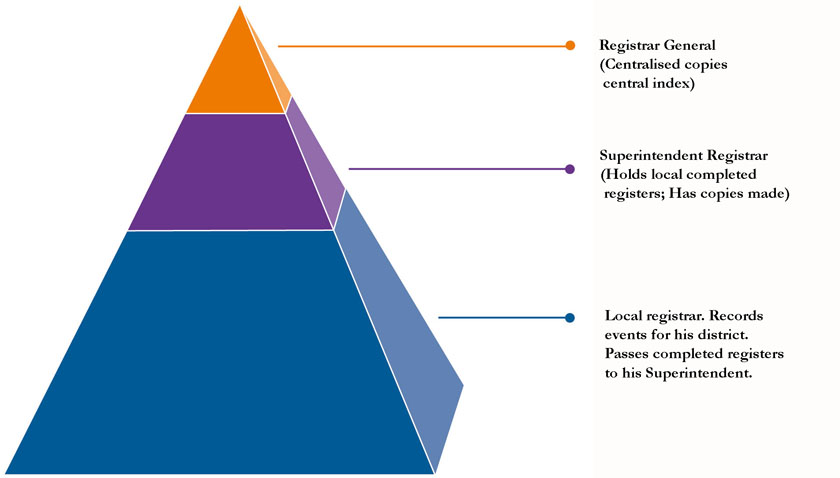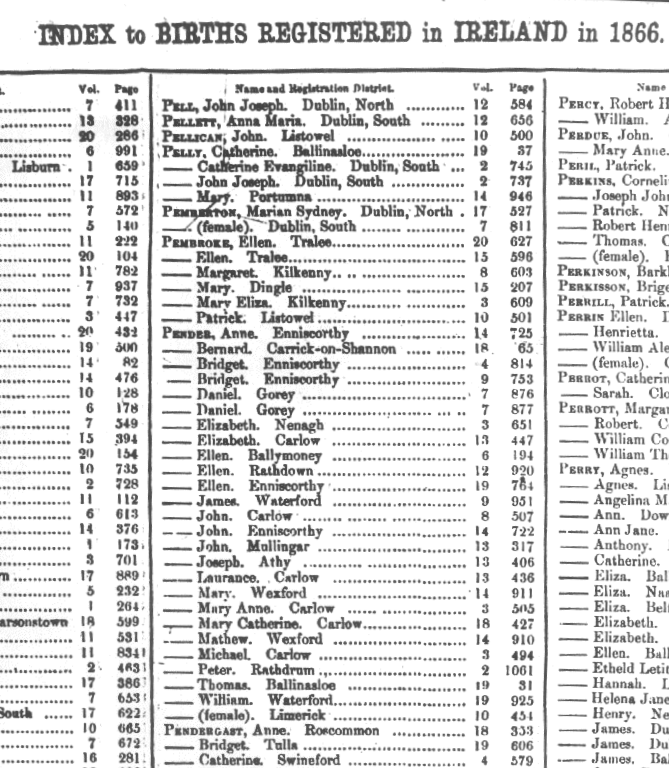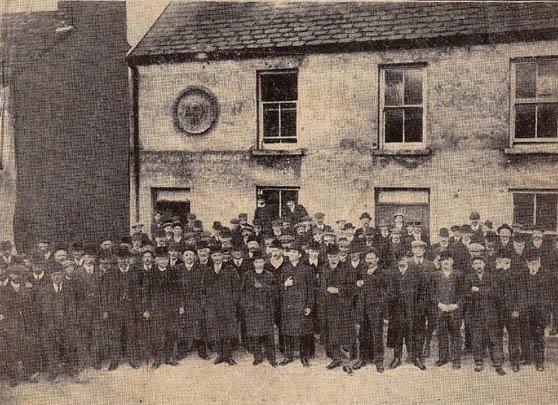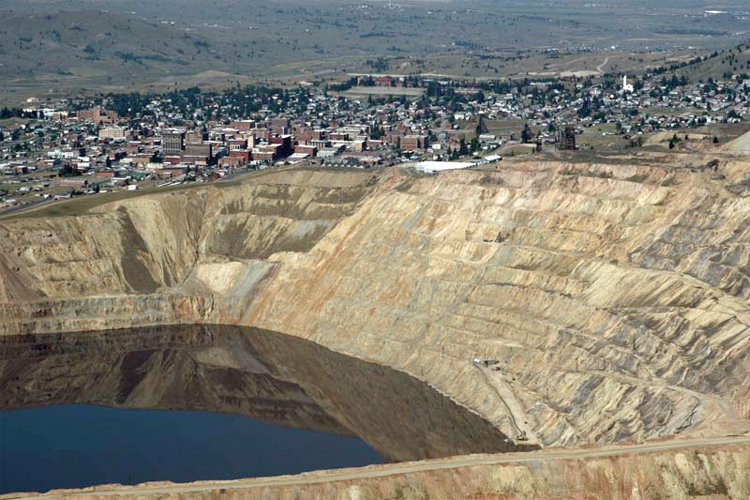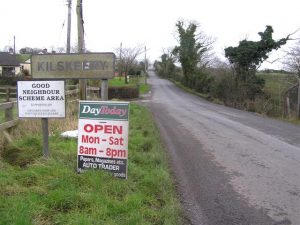On second thoughts actually no, Dick Eastman is right. The other title is just grabbier.
On third thoughts, maybe he’s both right and wrong.
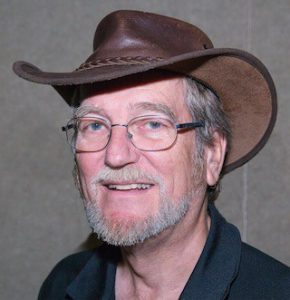
What am I talking about? I’ve just heard Dick speak on the future of genealogy at the wonderful Clare Roots Society conference in Ennis. (In case you don’t know, Dick is the prime guru of North American genealogy and has been for more than two decades. His slides for the talk are here. ) At the nub of his predictions was the idea of collaboration, in particular the notion of sharing research and connecting it with the research of others.
This isn’t a new idea. Twenty years ago it was already clear that making your tree available online was a very good way of attracting people interested in the same interconnecting families, thereby flushing out mistakes, new connections and earlier branches. The network effect was and still is at the heart this idea: as more people do it, it becomes exponentially more useful. I’m all in favour of it.
What has changed in those two decades is the rise of the social media behemoths, FaceBook, Google, Twitter … All operate under the same implicit deal: give us information on yourself that we can sell to advertisers and you can send email, message, stay connected for free. You’re paying nothing, so you’re the product, but people aren’t stupid and they know that’s the deal.
When it comes to genealogy, Dick seemed to be enthusing about genealogical social media. The crucial difference is that he makes the presumption it will happen on already-existing genealogy sites such as ancestry.com, findmypast and myheritage.
But hold on. They’re all subscription sites. So we’re supposed to pay them to host the information which makes them more valuable to us? That’s one heck of a business model: the customer pays to supply the raw material that the company sells back to the customer.
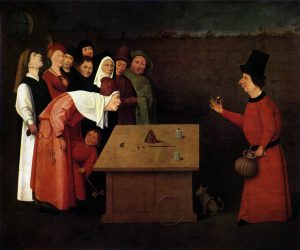
To me, this sounds more like a three-card trick or shell game than a service.
Dick is right, I think, that the sheer scale of network-creation now happening will make collaborative genealogy more and more important. He’s wrong, I hope, that this will be done through the subscription sites.
Ireland’s public-service approach of making genealogy information free online already puts us gloriously out of step with Anglo-American commercial genealogy. There are signs that collaborative genealogy could turn out the same way – IrelandXO is just one example of a number of groups in Ireland already combining local history, genealogy and community volunteering to knit the descendants of emigrants back into their extended family.
On the giant scale that now seems possible, these could turn out more like the free-but-data-mined approach of Google and FaceBook than the walled reservations of ancestry.com or myheritage.
So Dick is wrong, but maybe only about the Irish.
